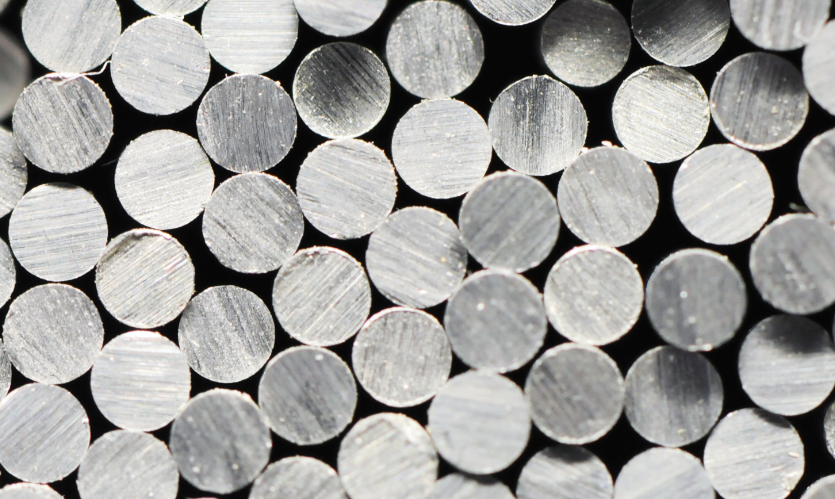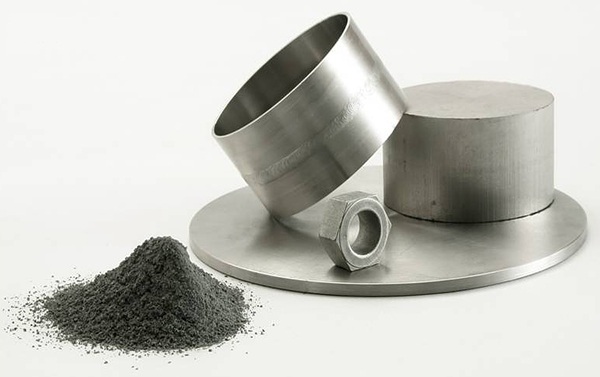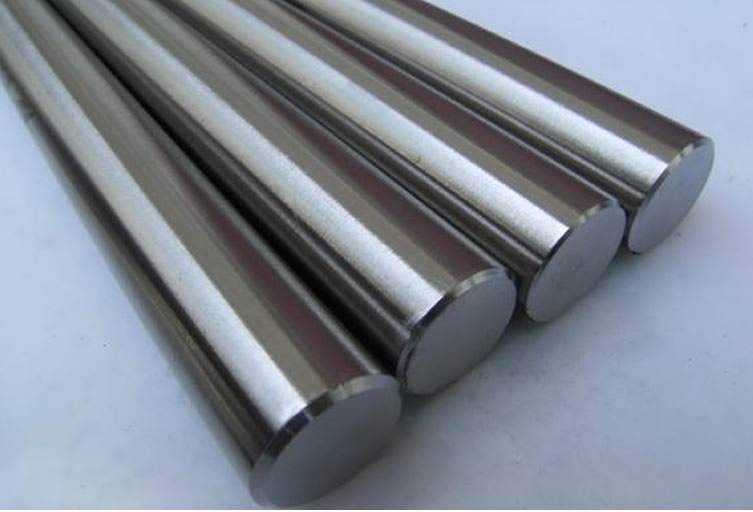What Is the Application Status of Refractory Metal Material?

What Is the Application Status of Refractory Metal Material?
Refractory metal material mainly refers to tungsten, molybdenum, tantalum, niobium, rhenium, and vanadium, all of which are materials with a melting point above 2000 degrees Celsius. Refractory metal materials and their alloys have the characteristics of high melting point, high strength under a high-temperature environment, strong corrosion resistance to liquid metal, and processing plasticity.

Refractory Metal Material
Refractory metals and their alloys are generally used at temperatures between 1100 and 3320 degrees Celsius, which is much higher than those of high-temperature alloys. The following come alloys of refractory metals:
Niobium Alloys
Niobium alloy has good welding characteristics and room-temperature plasticity. As one of the least dense refractory metals, it can be processed into products with complex shapes. Niobium alloy can be divided into low strength, medium strength, and high strength according to the different strengths of the alloy, and into low density and high density according to the different densities of the alloy.
The research and development of niobium alloys in the United States and Russia are different, and there are as many as two dozen kinds of niobium alloys.
In the United States, W, Hf, and Mo were used as strengthening elements of niobium, while in Russia, Zr, W, and Mo were used as the main strengthening elements, while in the second phase, C was used as the main strengthening elements.

Refractory metals bars
Molybdenum Alloy
The melting point of molybdenum alloy is lower than that of tantalum and tungsten. It has the advantages of the highest elastic modulus, smaller density, and expansion coefficient, and excellent creep performance at high temperatures. The welding properties of molybdenum alloy are very good, the strength and plasticity of its welding seam can reach certain conditions, and its technological properties are above tungsten.
The development of molybdenum alloys should be represented by Russia. Molybdenum alloys can be divided into 14 categories according to the different alloying elements. The added elements are mainly Ti, C, Re, and Zr, and some Ni, Nb, and B elements are added to change some properties of the materials.
Of all the molybdenum additive elements, rhenium is the only one favorable for its plasticity at low temperatures. Rhenium can not only improve the plasticity of molybdenum in a low-temperature environment but also improve its strength and welding performance, significantly reduce the brittle tendency after recrystallization, as well as improve its high-temperature stability, especially against thermal shock.

Refractory metals
Tantalum Alloy
Tantalum alloy has a high melting point, small expansion coefficient, excellent thermal shock resistance, and forming toughness. Its disadvantage is that the antioxidant performance is very poor when working in an environment above 500 degrees Celsius, so the antioxidant coating treatment is needed on the surface.
The creep properties and strength of tantalum alloy in the high-temperature environment have been developed in the United States and Russia. In the static air environment, the refractory metal compounds of tantalum alloy exhibit good oxidation resistance.
Tungsten Alloy
The most promising tungsten alloy coating is the protective layer of boron and insoluble oxide with high strength and thermal stability. The research direction of tungsten alloy coating is to cover the protective surface with silicides with self-healing ability, and the mixture of refractory oxides and silicides is to cover the silicides with blocking substrates so that the products can work in a specific service environment for a long time.
Conclusion
Thank you for reading our article and we hope it can let you have a better understanding of the application status of refractory metal material. If you want to know more about refractory metals, we would like to recommend you visit Advanced Refractory Metals (ARM) for more information.
Headquartered in Lake Forest, California, USA, Advanced Refractory Metals (ARM) is a leading manufacturer & supplier of refractory metal products across the world, providing customers with high-quality refractory metals such as tungsten, molybdenum, tantalum, rhenium, titanium, and zirconium at a very competitive price.
{{item.content}}
LEVE A REPLY
{{item.children[0].content}}
{{item.content}}






